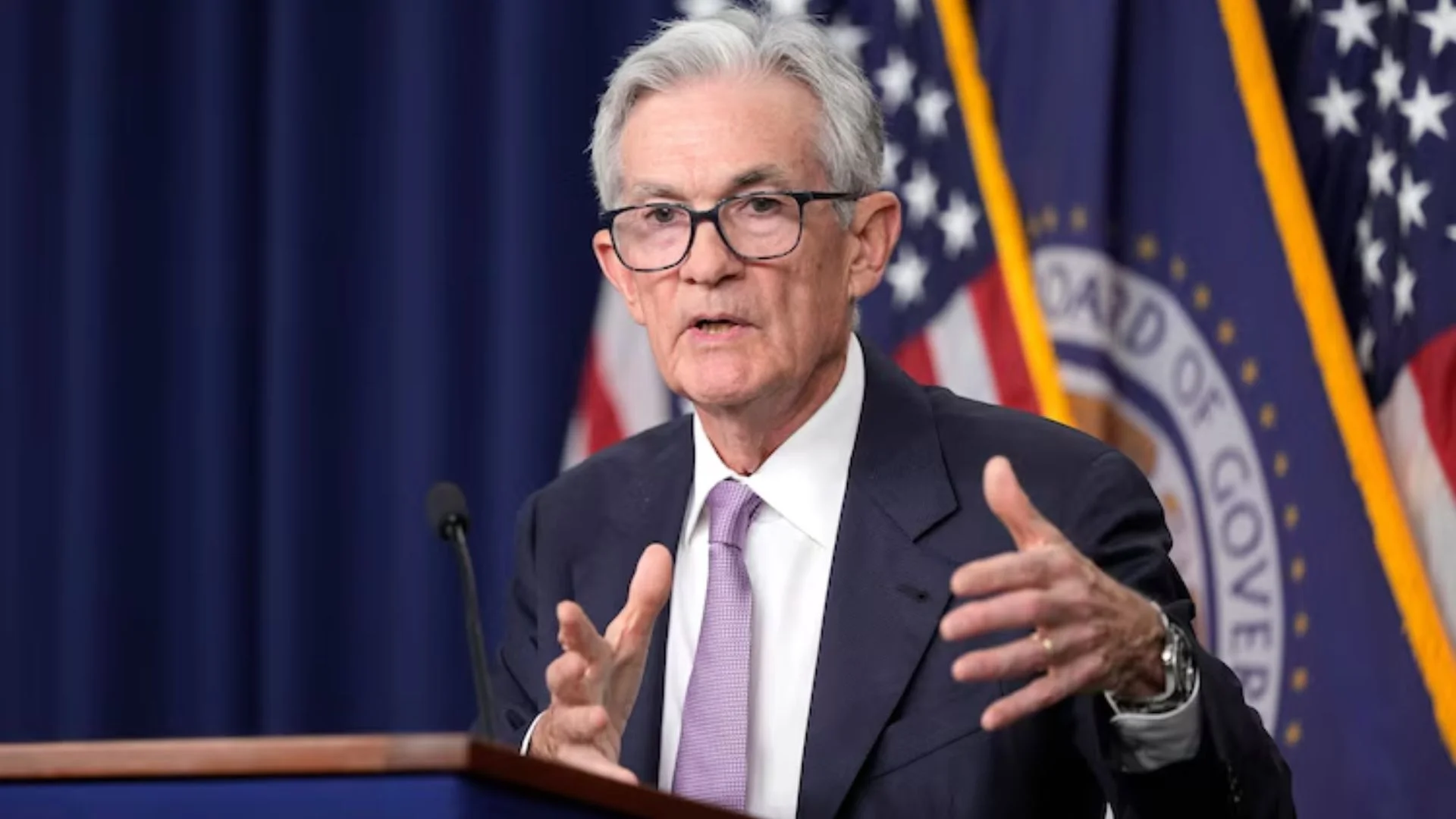
The US Federal Reserve announced Thursday that it has reduced its key interest rate by a quarter-point to approximately 4.6%, marking the second rate cut since September. This move follows a larger half-point reduction earlier this fall and comes as inflation continues to ease from its recent high, now nearing the central bank’s 2% target. The decision is part of the Fed’s ongoing efforts to balance economic growth with its dual mandate of controlling inflation and maintaining a healthy job market.
Since the Fed’s last rate cut in September, which broke a four-year hiatus, inflation has fallen from a peak of 9.1% in mid-2022 to a 3.5-year low of 2.4%. While unemployment has risen slightly, it remains low overall. However, the latest statement from the Federal Open Market Committee (FOMC) highlighted that inflation, though lower, still remains somewhat elevated, necessitating careful monitoring. In response, the Fed had previously indicated plans for additional quarter-point cuts in November and December, though the economic outlook has become more complex following the outcome of the recent presidential election.
With Donald Trump’s victory in the presidential race, new concerns have emerged about the economic trajectory under his leadership. Wall Street analysts predict potential for faster growth, larger budget deficits, and higher inflation under his administration, particularly due to his proposed trade tariffs and other policy changes. These factors could influence the Fed’s future decisions on rate cuts, making additional reductions less likely if inflation pressures build.
Trump’s presidency also raises questions about political interference in Federal Reserve policy. During his prior term, Trump publicly criticized Fed Chair Jerome Powell for interest rate hikes, a stance he may repeat, adding an additional layer of complexity to the Fed’s traditionally independent role.
Financial markets have responded to the Fed’s actions by pushing Treasury yields higher, leading to increased borrowing costs across the economy. While lower interest rates typically benefit consumers and businesses, these higher yields are offsetting the anticipated benefits of the Fed’s rate cut, especially in the housing market. Mortgage rates, initially expected to fall, have bounced back as investors brace for inflationary pressures and government budget concerns.
The Fed faces a delicate balance as consumer spending remains strong, contributing to economic growth. However, with companies scaling back hiring and inflation still elevated, the central bank may be forced to reconsider or slow down its rate cuts if inflation resurges. Economists predict that Trump’s trade policies could contribute to rising inflation, potentially limiting the Fed’s ability to continue easing interest rates.
As the economy shows signs of resilience with growth at nearly 3% over the past six months, the Fed will continue to navigate these challenges, trying to maintain stability without overstimulating the economy. The coming months will be crucial in determining whether the central bank’s rate cuts have the desired effect or if other economic forces, including political shifts, will alter the course.















